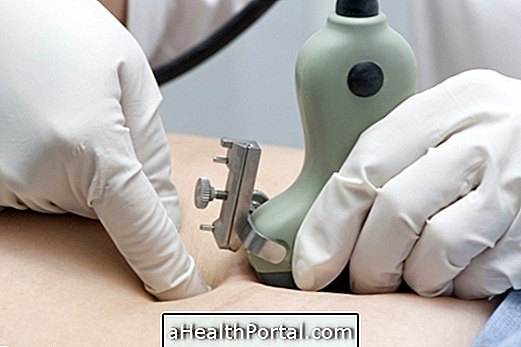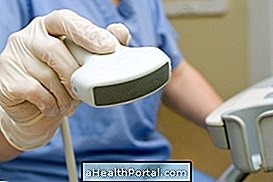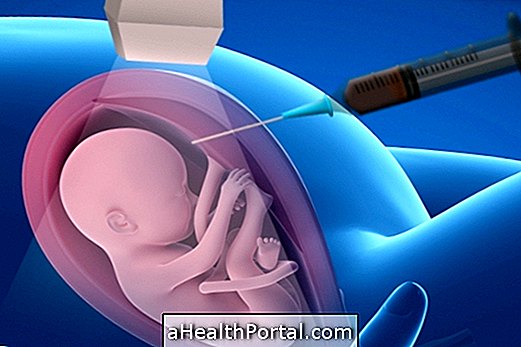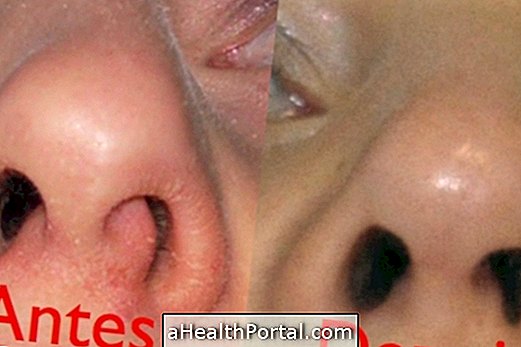Spermoculture is an examination whose purpose is to evaluate the quality of the semen and to detect the presence of microorganisms that cause diseases. As these microorganisms may be present in other regions of the genitalia, it is very important to do a thorough hygiene before collecting, in order to avoid contaminating the sample.
If the result is positive for some bacteria, for example, it may be necessary to perform an antibiogram later, in order to determine which antibiotic the bacteria is sensitive to, and is the most suitable for treatment.
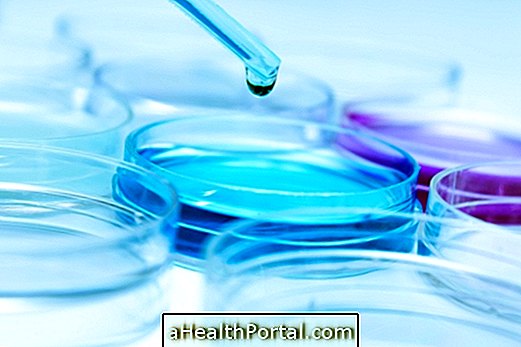
What is it for
Sperm culture is used to diagnose bacterial or fungal infections in the accessory glands of man's reproductive tract, such as prostatitis or prostovesiculitis, for example, or when an increase in leukocytes in the urine is detected. Learn how to treat prostatitis.
How is the procedure performed?
Generally, to perform a sperm culture, it is not necessary to make a prior appointment or sexual abstinence.
Semen collection should be carried out in good hygienic conditions so as not to contaminate the sample. To do this, before collecting, wash the penis with soap and running water, dry thoroughly with a clean towel and collect the urine from the medium jet in a sterile collection bottle.
Afterwards, a sterilized collection vial should be used and the semen sample collected by masturbation, preferably in the laboratory where the analysis will be performed and delivered to the technician in a closed bottle. If the collection can not be carried out in the laboratory, the sample should be delivered up to 2 hours after collection.
The collected sample may be seeded into a number of different culture media, such as PVX, COS, MacConkey, Manitol, Sabouraud or Tioglicolate Tube, for the growth and identification of certain bacteria or fungi.
Interpretation of results
The result should be interpreted taking into account several factors, such as which microorganism was isolated, the number of bacteria counted and the presence of leukocytes and erythrocytes.
This examination includes the search for several microorganisms, such as N. gonorrhoeae and G. vaginalis ., E. coli, Enterobacter spp ., Klebsiella spp ., Proteus spp., Serratia spp ., Enterococcus spp ., And more rarely S. aureus, which are usually associated with disease.
What is the difference between sperm culture and sperm?
The spermogram is an examination in which the semen is analyzed and the quantity and quality of the spermatozoa are evaluated, in order to perceive the fertilization potential of the female egg. Usually this test is done when it is necessary to evaluate the functions of the testicles and seminal glands, after vasectomy surgery, or when you suspect a fertility problem. See how the spermogram is made.
The sperm culture only analyzes the semen in order to detect the presence of pathological microorganisms.

